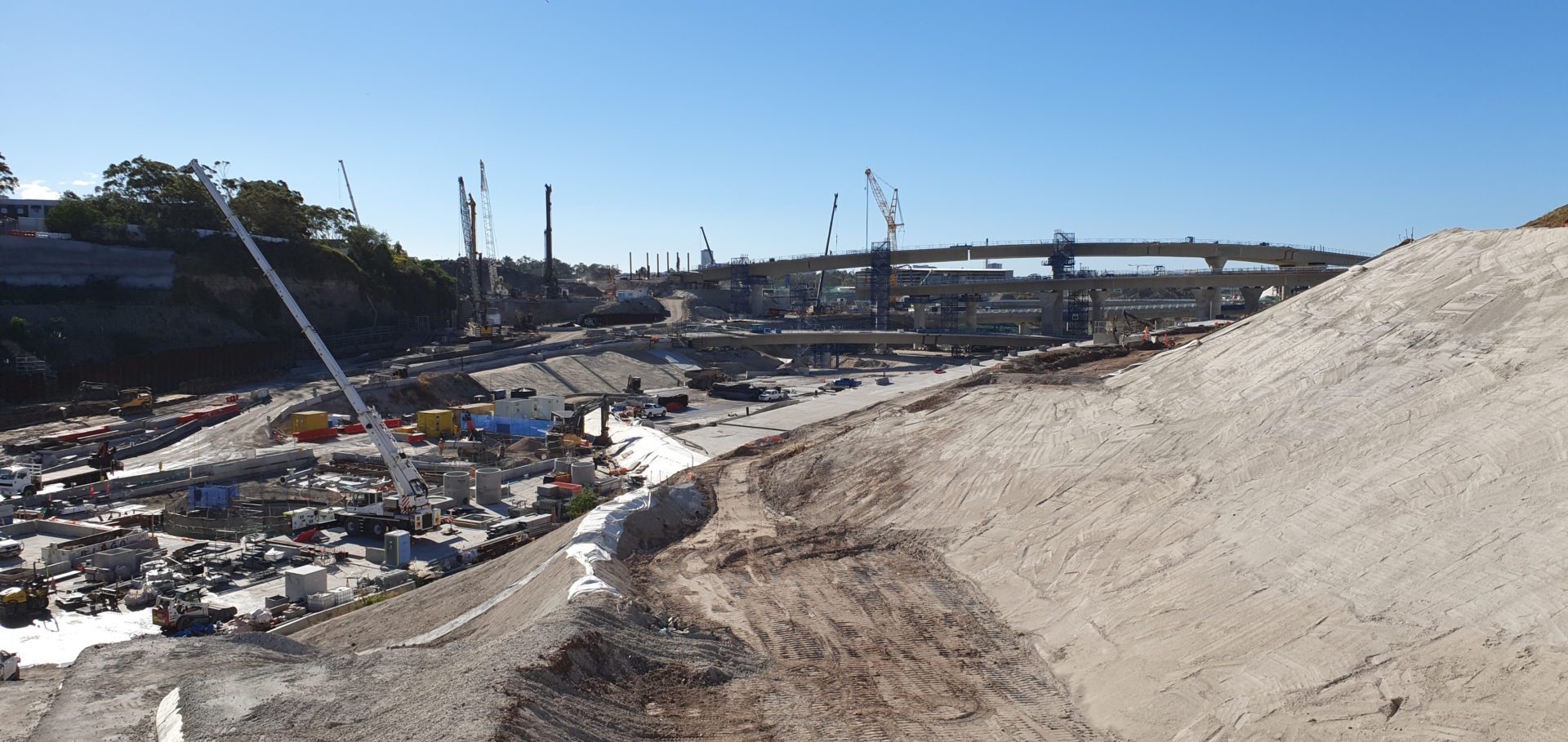You need to read this use case about PE pipe application

In Central Oregon in the United States of America, there is a regional city called Bend. Boasting a population of just over 76,000 people, it’s located on the eastern edge of the Cascade Range. Bend was originally conceived as a logging town.
Bend sits inside an area known as the Arnold Irrigation District, which is irrigated using canals. There are lots of them: The canals network consists of almost 65 km of canals! The canals divert water from the nearby Deschutes River to approximately 650 customers, who use it during irrigation season.
The problem is, half of the water is lost before it even gets to its destination.
Earlier this year, the community in that district was planning to replace the open-air canals with a major network of high density polyethylene pipes.
Initially, this will see the canals network retain a significant amount of water: Almost 45 cubic feet of water per second, which, according to The Bulletin, is enough to flood 14,600 acres with a foot of water for the entire irrigation season.
It’s an ambitious project, but a worthy one.
Here’s what using polyethylene pipe will achieve
Replacing the canals network with HDPE pipe will enable the district to:
- prevent leaks and seepage
- return significant amounts of water back to the river system
- put in place a long-term piping network that requires minimal maintenance
- pipe the network with minimal environmental disruption, because it can be installed using directional drilling
- save money on fittings
- prevent contamination from the pipe materials.
Polyethylene pipes are widely used in the water industry for these and other reasons, including their flexibility, which enables them to move with changes in the ground. This flexibility is critical in a country that experiences frozen ground.
This pipe network project is the largest that the district has ever conducted. It will return better performance to the district, guarantee more consistent flows to the end-users, and benefit the environment—all at once.
Now that is an inspiring use of polyethylene pipe!
Be inspired by how others deploy cost-effective poly pipelines that deliver higher quality and prevent problems
Knowing how people create and manage effective pipelines worldwide helps you to be inspired by what’s possible. Stay informed with the latest information and news, and be inspired by your industry. If you haven’t subscribed to our blog’s do it now by clicking above.

